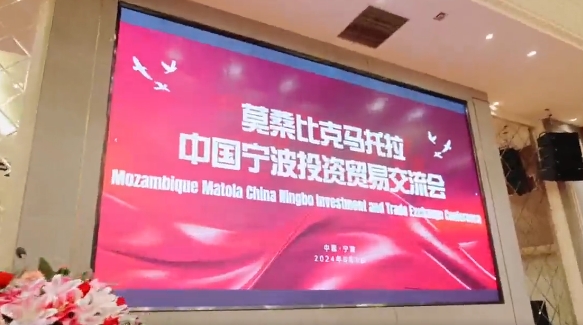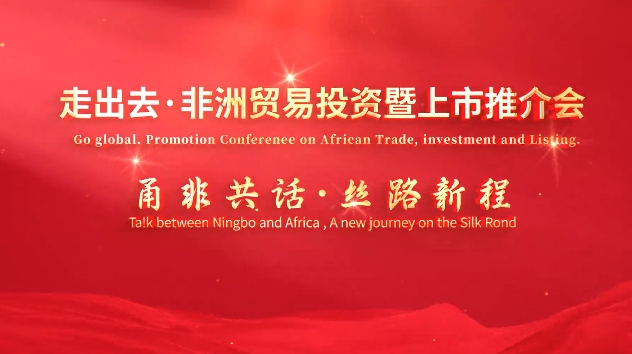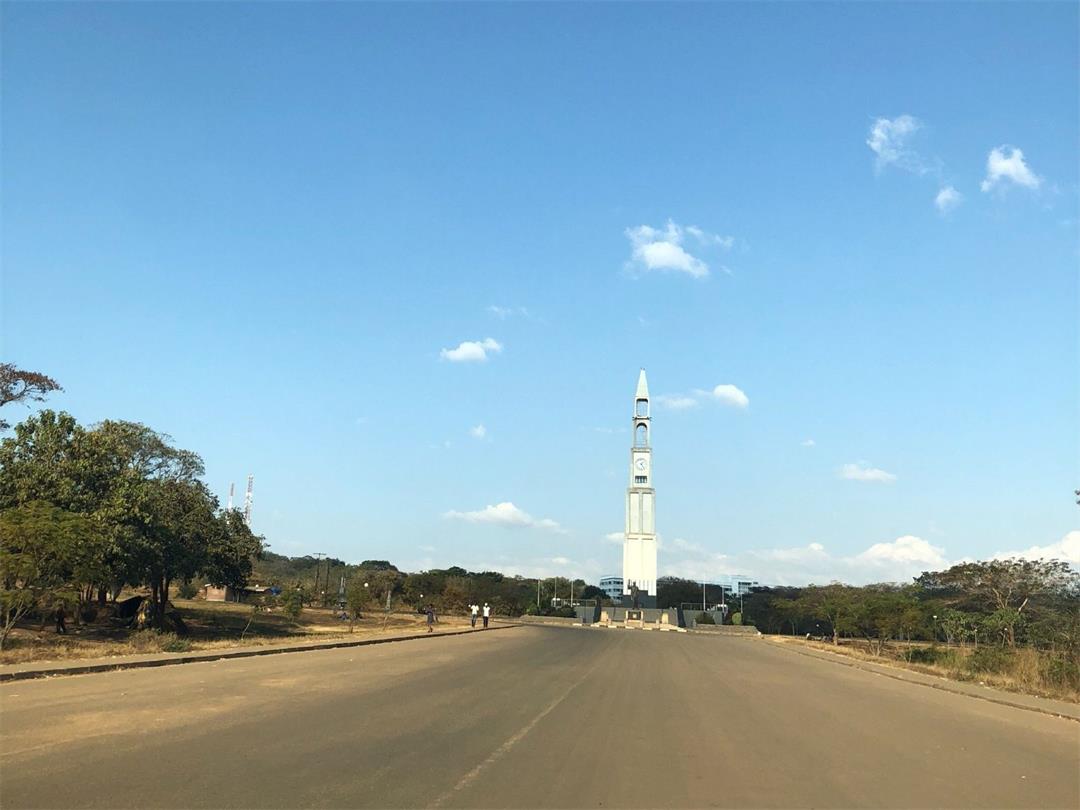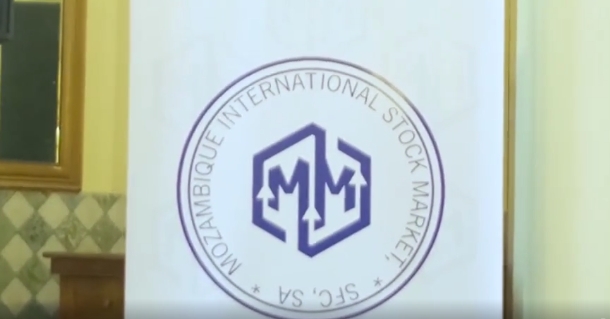A panoramic view of mining investment in Malawi: Strategic Opportunities and Risk Balance in Africa's New Resource Pole
The dual symphony of the restart of uranium mining and the breakthrough of rare earths is rewriting the economic gene chain of this landlocked country.
In July 2024, Malawi's Minister of Mines Monica Chananamno announced two historic agreements at a signing ceremony in Lilongwe:
Restart the Kayelekra uranium mine with Australian Lotus Resources and develop the Songguishan rare earth mine with Lancaster Exploration, a subsidiary of Canadian McAngo Resources.
These two transactions will inject 238 billion kwacha (about 1.4 billion US dollars) of revenue into the national Treasury, marking the official implementation of the mining pillar in President Chakvila's "ATM Strategy" (agriculture, tourism, and mining).
I. Resource Endowment: An underestimated strategic mineral repository
Malawi's mineral resources present a "three-pole drive" pattern, covering energy transition and core materials for high-end manufacturing:
Uranium mine recovery: After the Kayelakra uranium mine restarts, it is planned to produce 2 million pounds of uranium oxide annually and contribute over 340 million US dollars in foreign exchange during its 10-year lifespan. This mine produced 11 million pounds of uranium from 2009 to 2014, and its technical reliability has been verified.
Rare earth breaking: The Songguishan rare Earth Mine has a reserve of 18.1 million tons (TREO grade 1.16%). After its commissioning in 2025, it can produce 1,953 tons of praseodymium-neodymium oxides annually in the first five years - equivalent to 2.5% of the global annual demand. The net present value of the project amounts to 559 million US dollars.
Rutile king: The Kasia project of Sovereign Metals has reserves of ** 1.8 billion tons **, making it the world's largest natural rutile deposit with a TiO₂ purity of 96%. The pre-feasibility study shows that it can generate 16 billion US dollars in revenue over its 25-year lifespan.
Niobium mine pioneer: The Kanyika niobium mine of Globe Metals in Australia is set to start operation in September 2025, becoming the first niobium mine in Africa. It is planned to produce 3,267 tons of high-purity niobium pentoxide annually to meet the demand for aerospace alloys.
Ii. Policy Dividends: The reform of the mining industry has sent out clear signals
The government balances investor returns with national resource sovereignty through institutional innovation:
Tax optimization: The income tax rate for foreign-funded enterprises is 35%, but for large-scale projects, special terms can be negotiated. For instance, the Songguishan Rare Earth Mine agreement includes a stepped royalty, ensuring an IRR of 31.5% for investors during the return period.
Expedited approval: The new mineral Law simplifies the exploration licensing process. The term of exclusive exploration licenses has been extended from three years to five years, and mining licenses can be renewed for up to 40 years at most.
Localization exemption: Although mineral processing is encouraged (such as the finance minister's call for the local appreciation of uranium ore), for capital-intensive projects, the initial export of raw ore is allowed. The Lianhua uranium mine has been approved to directly export concentrate.
Iii. Economic Leverage: The Dual Engines of Foreign Exchange and Employment
Mining is becoming the key to breaking through Malawi's economic predicament:
The easing of the foreign exchange crisis: The resumption of uranium mines contributes a monthly dividend of 1.6 million US dollars, and rare earth mines generate 120 million US dollars in foreign exchange annually, directly offsetting the country's inflation rate of over 30% for many years.
Employment scale has exploded
Kayelekra Uranium Mine: Directly employs 450 people and indirectly creates 200 jobs;
Songguishan Rare Earth Mine: Peak employment of 1,700 people, stable provision of 1,200 direct positions during the 18-year operation period.
Industrial chain activation: The 1,000-ton-per-day gold ore beneficiation plant built by China Jiahua Gold Investment in Mongoche has driven the local technical worker training system and demonstrated the full closed-loop process of "beneficiation - adsorption - tailings recovery".
Iv. Investment Advice: Focus on three tracks and bundle infrastructure development
1. Strategic mineral priority: Anchor on four types of globally scarce resources in the supply chain, namely uranium, rare earths, rutirite and niobium, and take advantage of the early development premium in Malawi (for instance, the net present value premium rate of niobium mine projects reaches 28%).
2. Bundled energy investment: The mining area is equipped with a "photovoltaic + energy storage" microgrid, replicating the technical model of the Golomoti power station (20MW photovoltaic +5MW energy storage) to reduce the risk of power rationing.
3. Eu Green Pass: Early layout of the ESG audit chain, Songguishan Rare Earth Mine has been given priority purchase by the Polish separation plant as it has passed the EU conflict mineral audit.
When the radioactive elements of uranium ore trigger a beep on the Geige counter and when rare earth carbonates precipitate blue-green crystals in the extraction tank - this country that once relied on tobacco foreign exchange is now transforming the gifts of the geological age into passes for the industrial age.
The mining revolution in Malawi has transcended resource development itself and become a triangular fulcrum of "infrastructure leap, technical talent cultivation, and green certification practice". For astute investors, entering the market at this moment is not only about acquiring minerals, but also about participating in defining the genetic code of an emerging mining hub.
A total of 1 page 1 data




